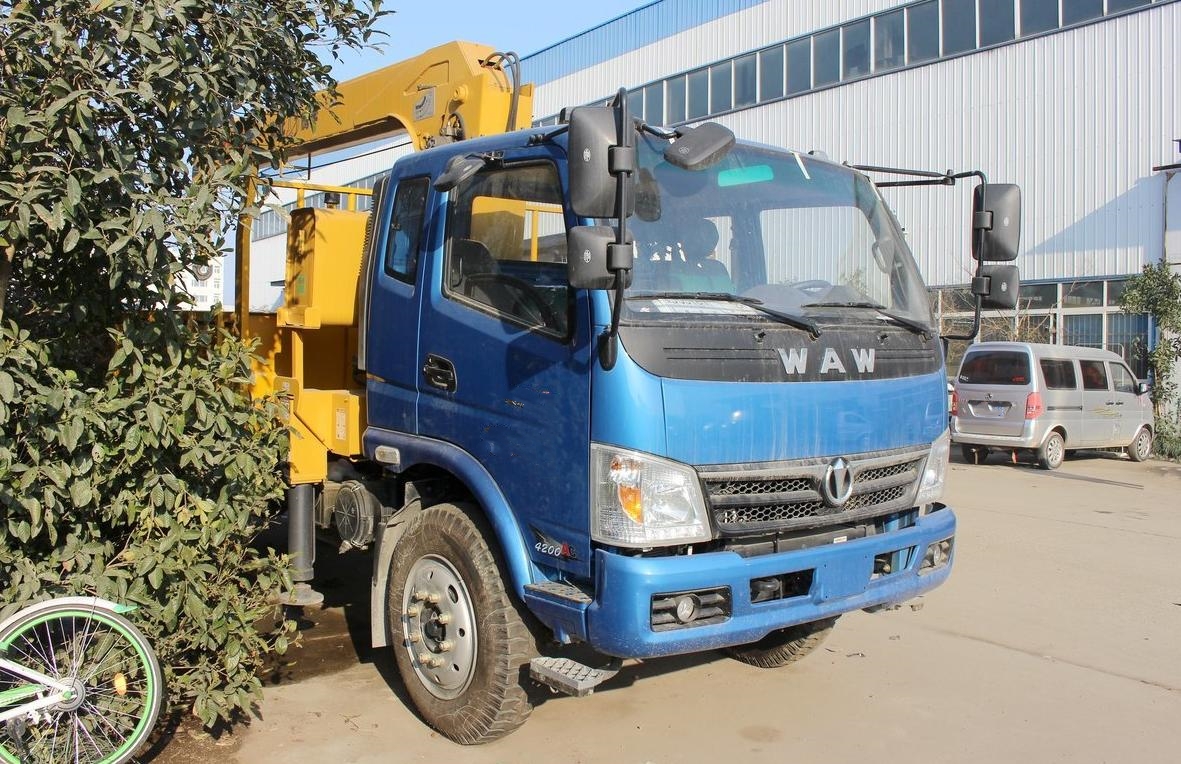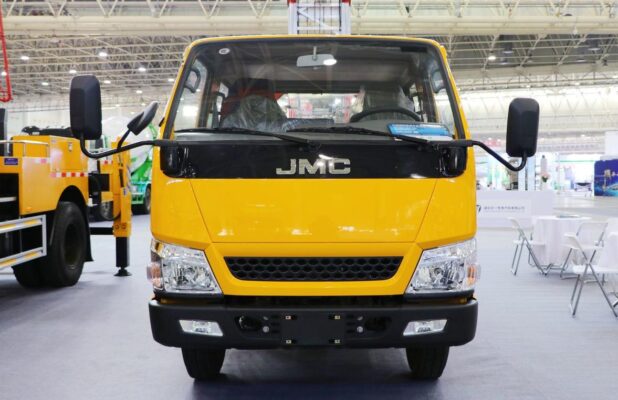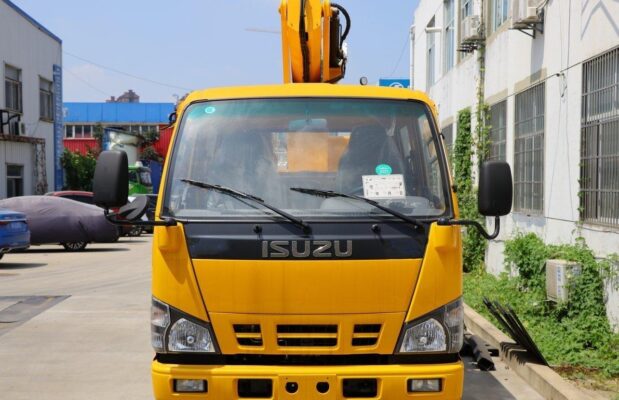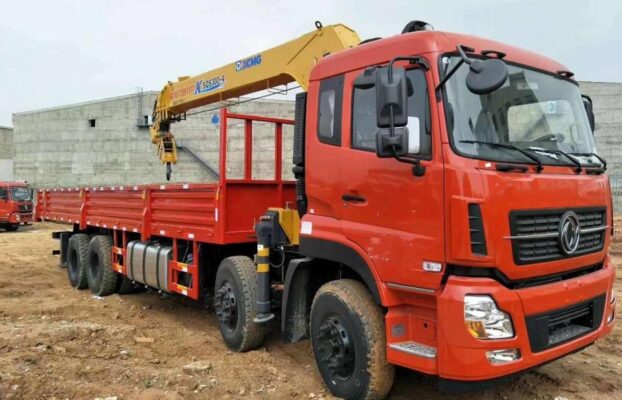Proper maintenance and care of electric hoists are essential to ensure their safe and efficient operation. Regular inspections, lubrication, and servicing can prevent unexpected failures and prolong the life of the equipment. Below are comprehensive maintenance procedures that should be followed by maintenance and electrical personnel.
Weekly Inspections
- Welding Points:
- Inspection Frequency: Maintenance personnel should conduct a thorough inspection of all welding points on the hoist once a week.
- Purpose: Regular checks help ensure that welds are secure and free from defects that could compromise the structural integrity of the hoist.
- Documentation: Maintain detailed records of inspections, noting any repairs or issues found. This documentation is crucial for tracking the hoist’s condition over time and ensuring compliance with safety regulations.
Bi-Weekly Inspections
- Hoist Ropes:
- Inspection Frequency: Inspect the hoist ropes every two weeks for signs of wear, fraying, or damage.
- Lubrication: Apply lubricant to the ropes as needed to reduce friction and extend their lifespan. Proper lubrication helps prevent corrosion and wear, which can lead to rope failure.
- Documentation: Keep records of inspections and any maintenance performed, including the type of lubricant used.
- Electric Hoist Motor:
- Maintenance Frequency: Electricians should perform maintenance on the electric hoist motor every two weeks.
- Tasks: Maintenance may include checking electrical connections, testing for proper operation, and inspecting the motor for any signs of overheating or unusual noise.
- Documentation: Record all maintenance activities, including any adjustments or repairs made to the motor.
- Brake Pads:
- Inspection and Maintenance: Brake pads should be inspected and maintained every two weeks to ensure they are in good working condition.
- Checks: Look for signs of wear, such as thinning pads or uneven wear patterns, and replace them if necessary. Ensure that the braking mechanism is functioning properly to guarantee reliable braking performance.
- Documentation: Keep a log of inspections and any maintenance performed on the brake pads.
Maintenance Responsibilities
- Maintenance Personnel:
- Responsible for the weekly inspection of welding points, hoist ropes, and brake pads. They should also carry out routine maintenance tasks, including lubrication and minor repairs.
- Must document all inspections and maintenance activities to maintain a comprehensive maintenance record.
- Electricians:
- Responsible for bi-weekly inspections and maintenance of the electric hoist motor, ensuring all electrical components are functioning correctly and safely.
- Should collaborate with maintenance personnel to address any electrical issues or concerns identified during inspections.
Additional Maintenance Tips
- Training and Safety:
- Ensure that all personnel involved in maintenance are adequately trained and familiar with the hoist’s operation and safety protocols. Regular safety training sessions can reinforce the importance of safe practices.
- Environmental Considerations:
- Perform maintenance in a clean, dry environment to prevent contamination of components. Dust, dirt, and moisture can contribute to wear and damage.
- Regular Lubrication:
- In addition to rope lubrication, ensure that all moving parts, bearings, and gears are properly lubricated as per the manufacturer’s guidelines. This will help reduce friction and wear.
- Immediate Repairs:
- Address any issues found during inspections immediately. Delaying repairs can lead to more significant problems and increase the risk of equipment failure.
- Annual Comprehensive Inspection:
- In addition to regular maintenance, conduct an annual comprehensive inspection of the entire hoist system. This should include a detailed review of structural components, електричні системи, and safety features.
Висновок
Maintaining electric hoists requires a systematic approach to ensure safety, reliability, and efficiency. By adhering to a regular maintenance schedule, including weekly and bi-weekly inspections, and involving both maintenance personnel and electricians in the process, organizations can mitigate risks associated with hoist operation. Keeping detailed records of all inspections and maintenance activities not only helps in compliance with safety standards but also contributes to the long-term reliability of the equipment. A proactive maintenance strategy ultimately leads to enhanced operational efficiency and a safer working environment.












